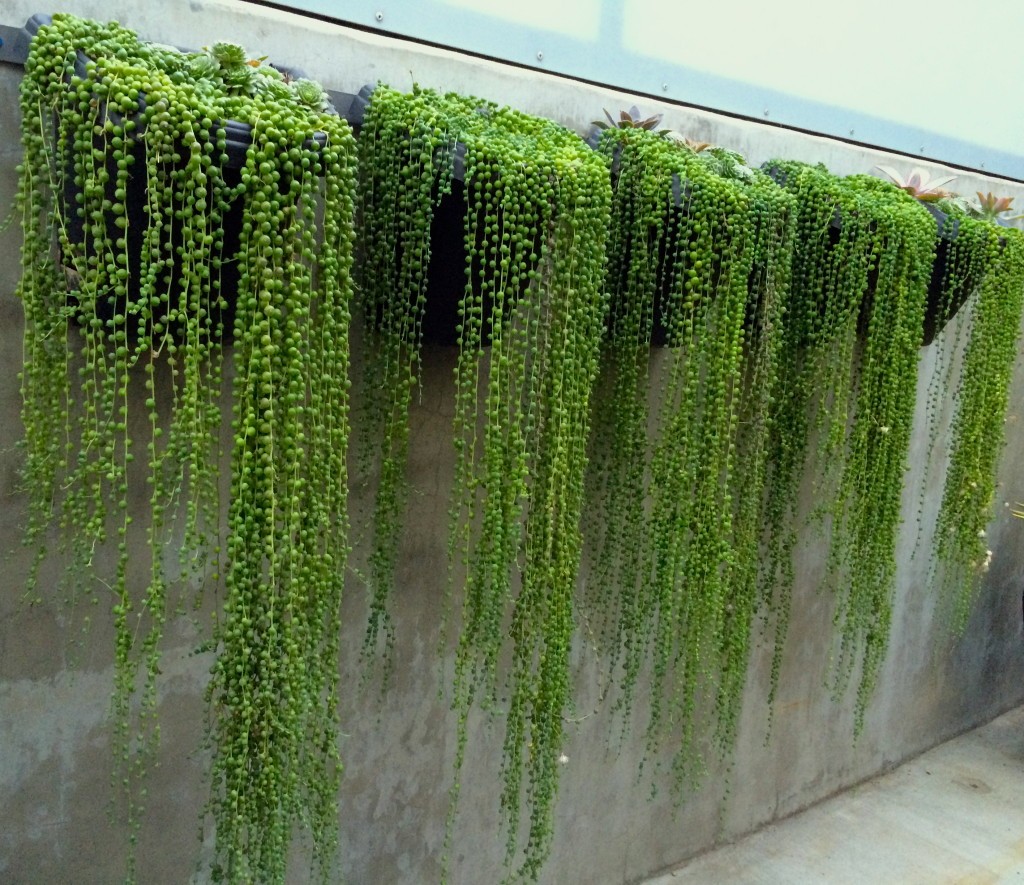5 Outdoor Hanging Plants

Outdoor hanging plants are the queens of terraces, balconies and gardens, especially in spring. This type of vegetables save space, so it will allow us to decorate with normal planters, creating an even more vivid and colorful space.
But... which plants are the best to place in hanging planters? Some types of plants are better to put so that they receive the sun's rays directly, others for shade. Below we will see a small list of the best and most popular.
Hanging fern
Ferns are the hanging plants par excellence. They are chosen for the exotic atmosphere that it is able to create almost any type of room, from balconies to small city terraces. Another reason why this plant is so popular is because its care is very simple, perfect for beginners. Ferns, despite being outdoors, are not designed to receive the sun directly since it can spoil their leaves.
Hanging petunia
The main characteristic of this plant is its rapid growth, reaching flowering shortly after planting. Petunia is a sun-hanging plant, which means it needs to receive its rays directly, as well as be watered frequently. This plant, thanks to its beautiful flowers, is able to fill even the saddest corner with color.
Gypsy
They are the most characteristic plants of the Mediterranean area, where they abound in patios and gardens. Although it is able to bloom throughout the year, it is in summer times where this geranium reaches its splendor. It requires plenty of sunlight and plenty of water, rationed in frequent irrigations. It is important to note that gypsies can suffer from "geranium worm", so preventive care will be essential to avoid this harmful pest.
Tape
Outdoor hanging plant that needs shade and not as many rays of sun, as the previous ones. Your waterings should not be so frequent either, since you do not need them. Drainage is important for its proper growth.
Verbena
The verbena is a perfect plant to add a little life to our balconies, this is thanks to its spectacular flowers during spring and summer. On the other hand, it needs direct sunlight and protection during the coldest months of the year, as it does not withstand low temperatures well.
Leave a Reply